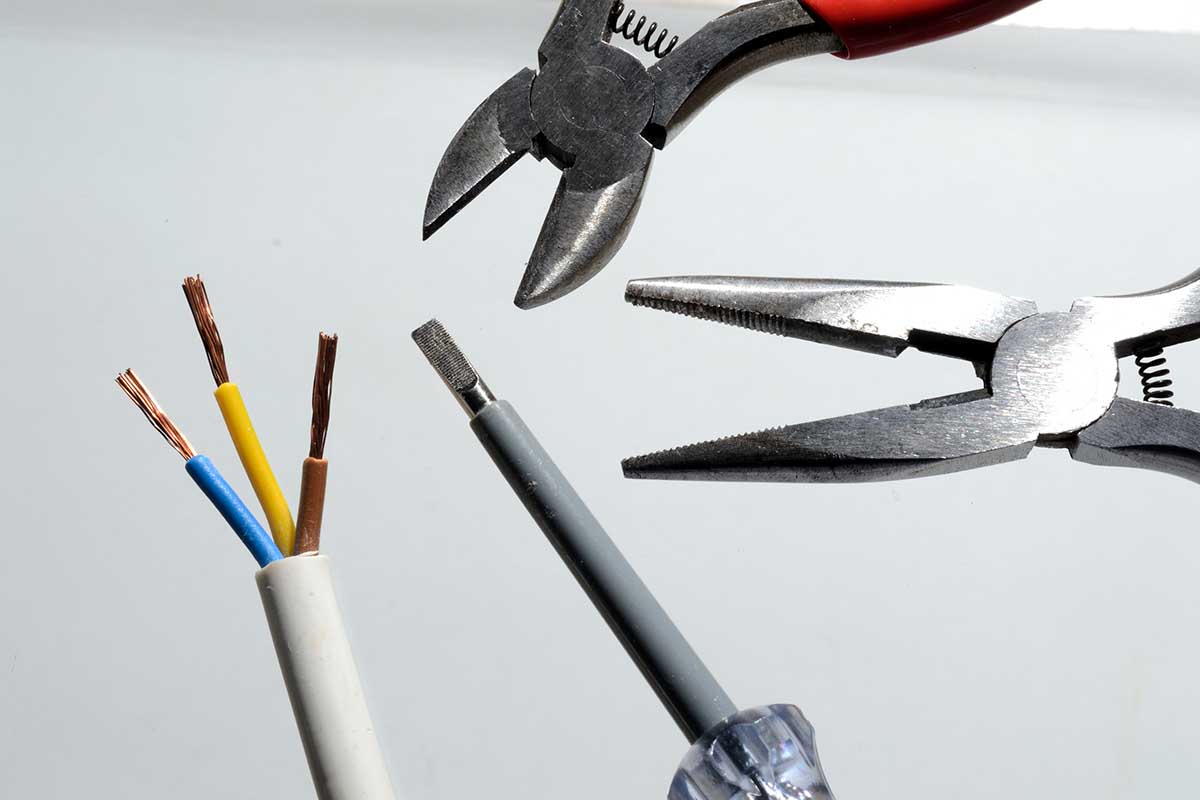What is An Electrical Insulator?
Key Points
- Purpose of Electrical Insulators. Electrical insulators prevent current flow due to their lack of conductivity, ensuring safe electricity transport and avoiding electrocution.
- Types of Electrical Insulators. Common insulators include plastic, rubber, glass, ceramic, and more. The usage of each material depends on the voltage and environment of the electrical installation.
- Application of Insulators. Electrical insulators cover conductive wires, preventing electric shocks and short circuits in homes and industrial installations.
Electrical conductors are protected with insulating materials to secure electrical installations.
Due to their zero conductivity, electrical insulators prevent current from flowing, thus avoiding any risk of electrocution or loss of current.
Here is what electrical insulators are used for, what form they are found in, and how they are used.
What is the purpose of electrical insulation?
To secure electricity transport, the cables deployed throughout the network are protected by electrical insulators, also called dielectric materials.
Thanks to the absence of conductivity, these insulators make it possible to secure all the installations in which electricity circulates. Electrical insulators can be found on electricity production sites, high or medium voltage lines, or homes.
The insulation of electrical conductors ensures that the current flows safely.
Without this protective covering, the electrical charges of electricity would be transferred through any conductive bodies that meet them.
Not only is this very dangerous, but it can also get out of control. Protecting installations, whether outside or inside buildings or homes, is the primary role of an electrical insulator.
It allows the electrical current to flow safely, whether overhead, underground, embedded, or even when submerged.
What are the different electrical insulators?
Many electrical insulators are of natural origin or from the petrochemical industry.
Among the most common electrical insulators, we can mention plastic, rubber, glass, ceramic, porcelain, silicone, paper, cardboard, bakelite, concrete, stone, plaster, or water in its pure state (without impurities, minerals, or salt).
A vacuum is an insulating medium that does not conduct the electric current to be used as an insulator.
The wood, when dry, does not conduct electricity. However, when it is wet, it is a conductive material, which makes it dangerous in the presence of an electric current.
Depending on the energy level flowing through the wires, the insulation can take different forms. For example, electrical towers are often insulated with ceramic or silicone. Indeed, the potting and sealing of electronics with silicone is very privileged in the industry.
How should electrical insulators be used?
Insulating materials are as important as conducting materials. It is on them that the whole electrical installation rests and its good functioning and the safety of the current transport.
The electrical insulation takes the form of a sheath that will surround the different wires where electricity circulates.
Conductive wires can be copper, zinc, iron, steel, or gold, among many other metals that conduct current.
Insulating sheaths are found everywhere in the home: in the electrical network that supplies outlets, switches, or lighting, for the connection of electrical appliances, in the cables that connect to the electricity network.
Essential to protect against electric shocks, these electrical insulators avoid electrocutions. They also have the role of protecting the installation from short circuits, which could occur if the cables were exposed.
—————-
Used for both domestic and industrial purposes, electrical insulators are used in many fields. Without them, electricity could not flow properly and safely from one point to another.




















